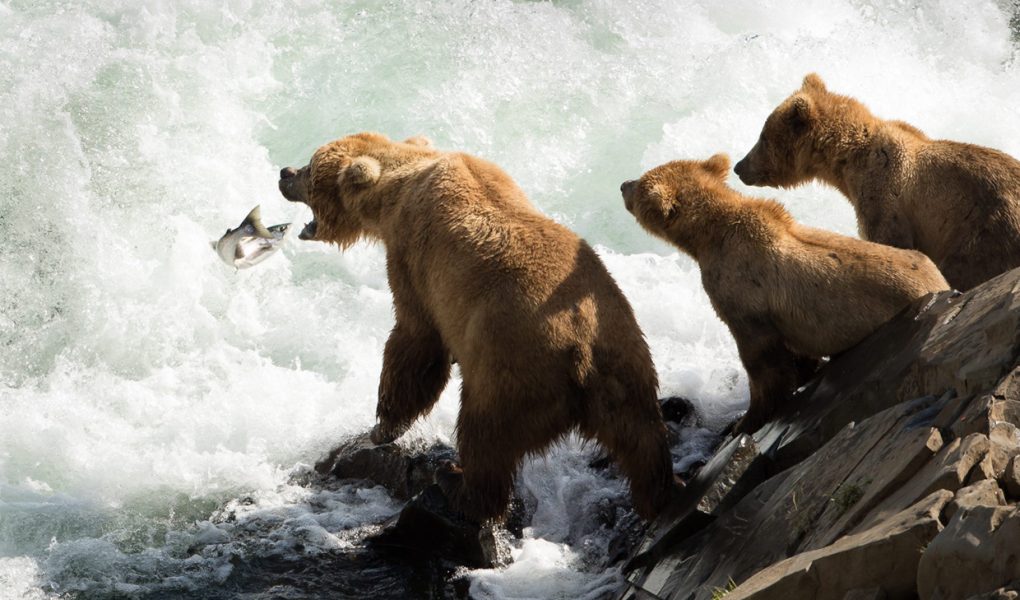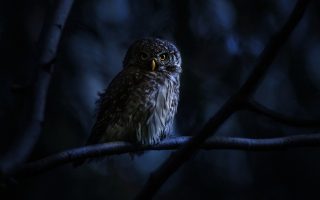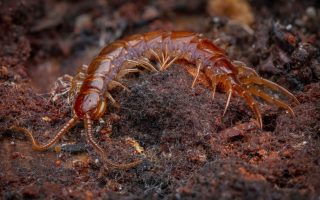kickstand-project.org – The Kodiak bear, a subspecies of the brown bear, is one of the largest land carnivores on Earth. These incredible creatures, known for their impressive size and strength, are found only on the Kodiak Archipelago in Alaska. Kodiak bears are a symbol of the untamed wilds of North America, and their existence is a testament to the natural beauty and biodiversity of the region. This article explores the physical characteristics, habitat, behavior, diet, and conservation efforts of the Kodiak bear.
Physical Characteristics
Kodiak bears are among the largest of all bear species, rivaling the size of the polar bear. Adult male Kodiak bears can weigh up to 1,500 pounds (680 kg), and females typically weigh between 600 and 700 pounds (270 to 320 kg). Their large size is attributed to the abundant food sources available on the Kodiak Islands, including fish, berries, and marine mammals.
Kodiak bears have thick, dense fur that ranges in color from light brown to dark brown, which helps them survive the harsh, cold Alaskan winters. Their bodies are muscular and robust, with powerful limbs and large paws that are adept at digging, climbing, and catching prey. Their long claws can grow up to 4 inches (10 cm) in length, and their powerful jaws and sharp teeth allow them to easily tear into meat and break open bones.
One of the distinguishing features of Kodiak bears is their broad, stocky build, which helps them store large amounts of fat, an essential adaptation for surviving long winters. Their large shoulder humps, which are made up of muscle, also give them the strength to dig and forage for food. Despite their massive size, Kodiak bears are surprisingly agile and capable of running at speeds of up to 35 miles per hour (56 km/h) in short bursts.
Habitat and Distribution
Kodiak bears are found exclusively on the Kodiak Archipelago, located in southern Alaska. The archipelago consists of more than 100 islands, with Kodiak Island being the largest and most well-known. These bears inhabit diverse environments, from dense forests and coastal areas to open tundra. The terrain is often rugged, with plenty of rivers, lakes, and coastal beaches where bears can hunt for food.
The habitat of the Kodiak bear is rich in natural resources, which contributes to their large size and high population density compared to other brown bear populations. The islands provide an abundant supply of salmon, a primary food source for the bears, as well as berries, plants, and small mammals. Coastal areas offer the added benefit of access to marine animals such as seals and sea otters.
The temperate climate of the Kodiak Islands, with relatively mild winters and abundant food sources, allows the Kodiak bear to thrive in its isolated environment. However, their range is limited to the Kodiak Archipelago, and they are not found on mainland Alaska or other parts of North America.
Behavior and Social Structure
Kodiak bears are generally solitary animals, except during certain times of the year when they gather in areas rich in food, such as rivers during the salmon spawning season. Like other brown bears, Kodiak bears establish large home ranges, and males typically roam over much larger areas than females. However, they are not as territorial as some other species, and they tend to tolerate the presence of other bears within their range, especially when food is abundant.
During the salmon run, Kodiak bears can often be seen in groups, with multiple bears fishing together in the same river or stream. Despite being solitary for most of the year, Kodiak bears have a loose social structure and will occasionally interact with each other. They communicate through body language, vocalizations, and scent marking, using these methods to establish dominance and indicate their presence.
Kodiak bears are generally diurnal (active during the day), although they can also be active at night, particularly during the summer months when daylight hours are long. They spend most of their time foraging for food, particularly during the months leading up to hibernation, when they need to consume large quantities of food to build up fat reserves.
Diet and Feeding Habits
The diet of the Kodiak bear is omnivorous, meaning they eat both plant and animal matter. Their diet is highly seasonal, with food sources varying depending on the time of year. In the spring and summer, Kodiak bears primarily feed on grasses, berries, and roots. They are also known to consume insects, such as ants and beetles, as well as small mammals and birds.
One of the most important food sources for Kodiak bears is salmon, particularly during the fall when the fish are spawning in rivers and streams. Kodiak bears are excellent fishers, using their large paws to scoop fish out of the water or catch them midstream. They are particularly adept at catching sockeye and king salmon, which are abundant in the waters around the Kodiak Islands.
In addition to fish, Kodiak bears also hunt for larger animals, such as moose, deer, and sea otters. Coastal bears may also scavenge marine mammals, such as seals, or feast on the carcasses of dead whales that wash ashore. When food is scarce, Kodiak bears are opportunistic feeders and may scavenge from other predators, including wolves or eagles.
Kodiak bears are known for their ability to consume vast amounts of food during the summer and fall, building up fat reserves that allow them to survive the winter months when food is not as readily available. During this period, they will enter hibernation, a state of reduced metabolic activity, to conserve energy until spring.
Reproduction and Life Cycle
Kodiak bears, like other brown bears, have a relatively slow reproductive rate. Females reach sexual maturity around 5 years of age, while males typically mature at 7 years. Mating season occurs in the summer, and females give birth in the winter while hibernating. The gestation period lasts about 180 days, and female Kodiak bears give birth to one to four cubs in a den that is often located in a secluded area.
At birth, Kodiak bear cubs are blind, hairless, and tiny, weighing only about one pound (450 grams). They rely completely on their mother for warmth and nourishment. Cubs stay with their mother for up to two and a half years, during which time they learn essential survival skills, such as fishing, foraging, and avoiding danger. Mothers are very protective of their cubs and will fight off threats, including other bears, to ensure their young’s safety.
After leaving their mother’s care, young Kodiak bears establish their own territories and begin the process of becoming independent. They will typically live alone for most of their lives, only seeking out mates during the breeding season.
Conservation Status and Threats
Kodiak bears are classified as a species of “Least Concern” by the International Union for Conservation of Nature (IUCN), meaning they do not face immediate danger of extinction. However, the population of Kodiak bears is relatively small, with an estimated 3,500 to 4,000 individuals, and their habitat is limited to the Kodiak Archipelago.
While Kodiak bears are not heavily threatened by human activities, they face several challenges:
- Habitat loss: Though the Kodiak Archipelago remains relatively pristine, the expansion of human settlements, tourism, and infrastructure development could impact bear habitat, leading to increased human-bear conflicts.
- Human-wildlife conflict: Kodiak bears sometimes venture into human-populated areas, particularly when food sources are scarce. This can lead to conflicts with humans, especially when bears are attracted to garbage or livestock.
- Climate change: Changes in climate patterns could affect food availability for Kodiak bears, particularly in relation to salmon populations and vegetation. Additionally, rising temperatures could alter their hibernation patterns and access to marine prey.
Conservation Efforts
Conservation efforts for Kodiak bears focus on preserving their natural habitat and minimizing human-bear conflict. The Kodiak National Wildlife Refuge, established in 1941, covers much of Kodiak Island and provides a protected area for bears to live and forage. This refuge, along with other protected lands, helps ensure that Kodiak bears have access to their critical food sources and safe areas for denning.
Efforts to mitigate human-wildlife conflict include education programs for locals and tourists about how to avoid bear encounters, as well as the use of bear-proof garbage bins and fencing to keep bears away from human settlements. Management practices also include monitoring bear populations and habitat conditions to ensure that the bears continue to thrive.
Conclusion
The Kodiak bear is a majestic and powerful animal that represents the untamed wilderness of Alaska. With its impressive size, strength, and adaptability, the Kodiak bear is a true marvel of the natural world. Though not currently at risk of extinction, the species faces challenges from habitat loss, human-wildlife conflict, and climate change. Through ongoing conservation efforts and habitat protection, we can ensure that the Kodiak bear remains a symbol of the wild and majestic beauty of the Alaskan wilderness for generations to come.




